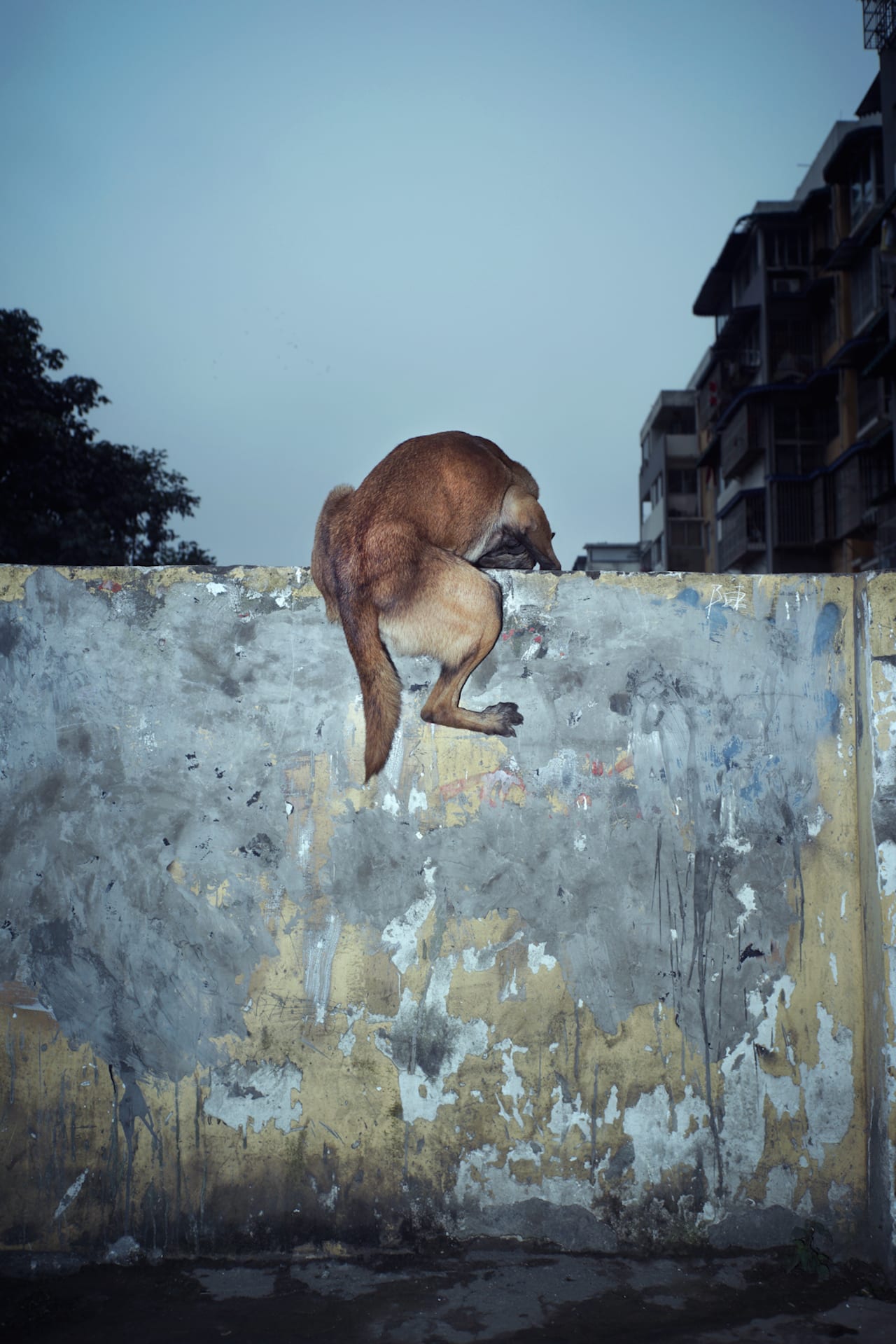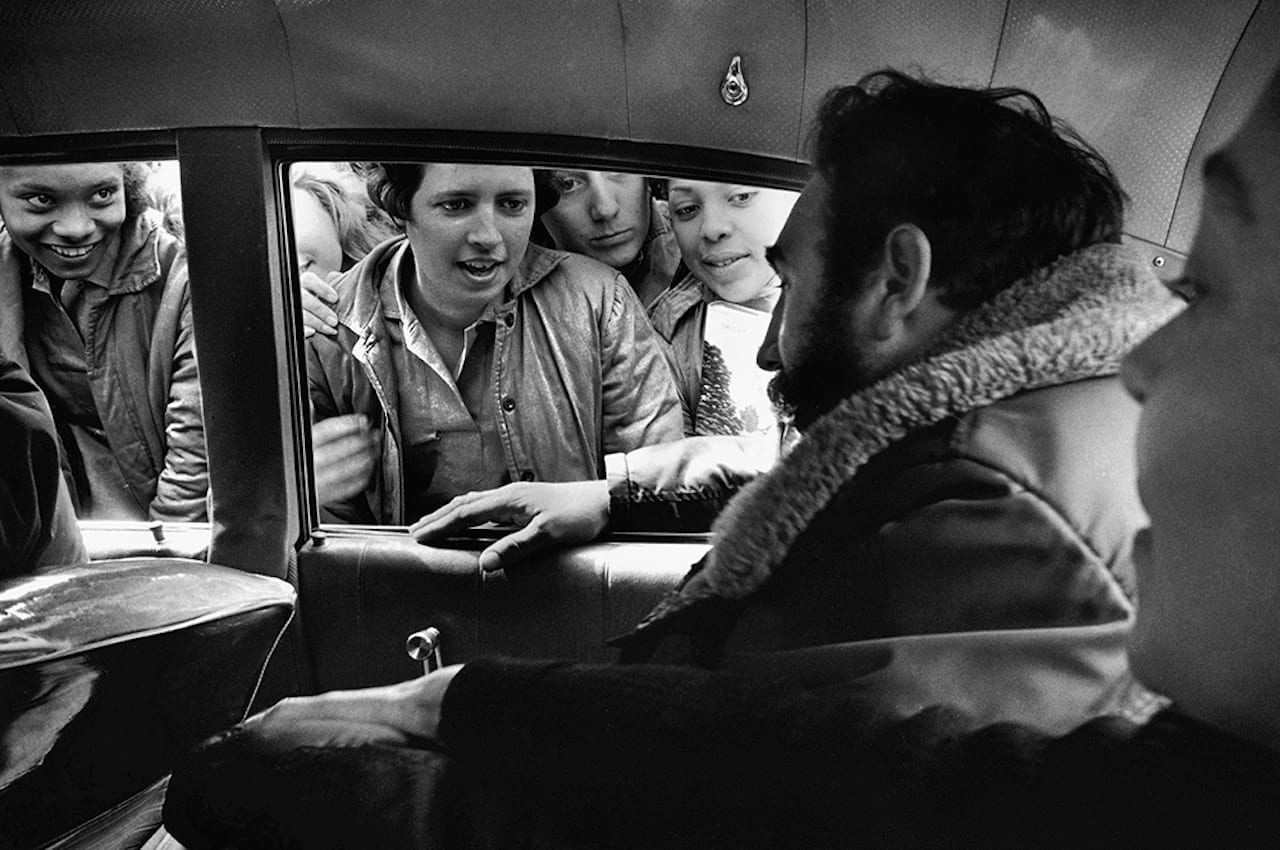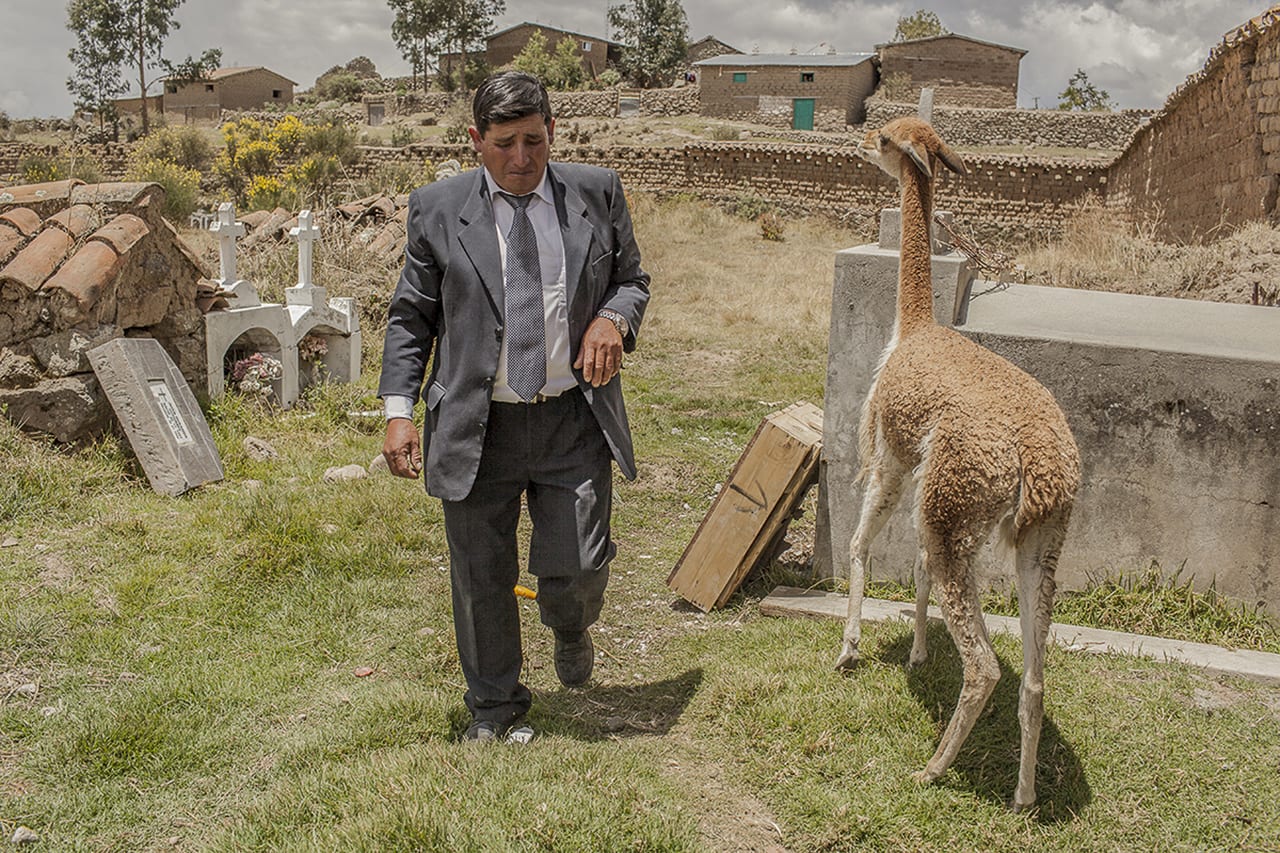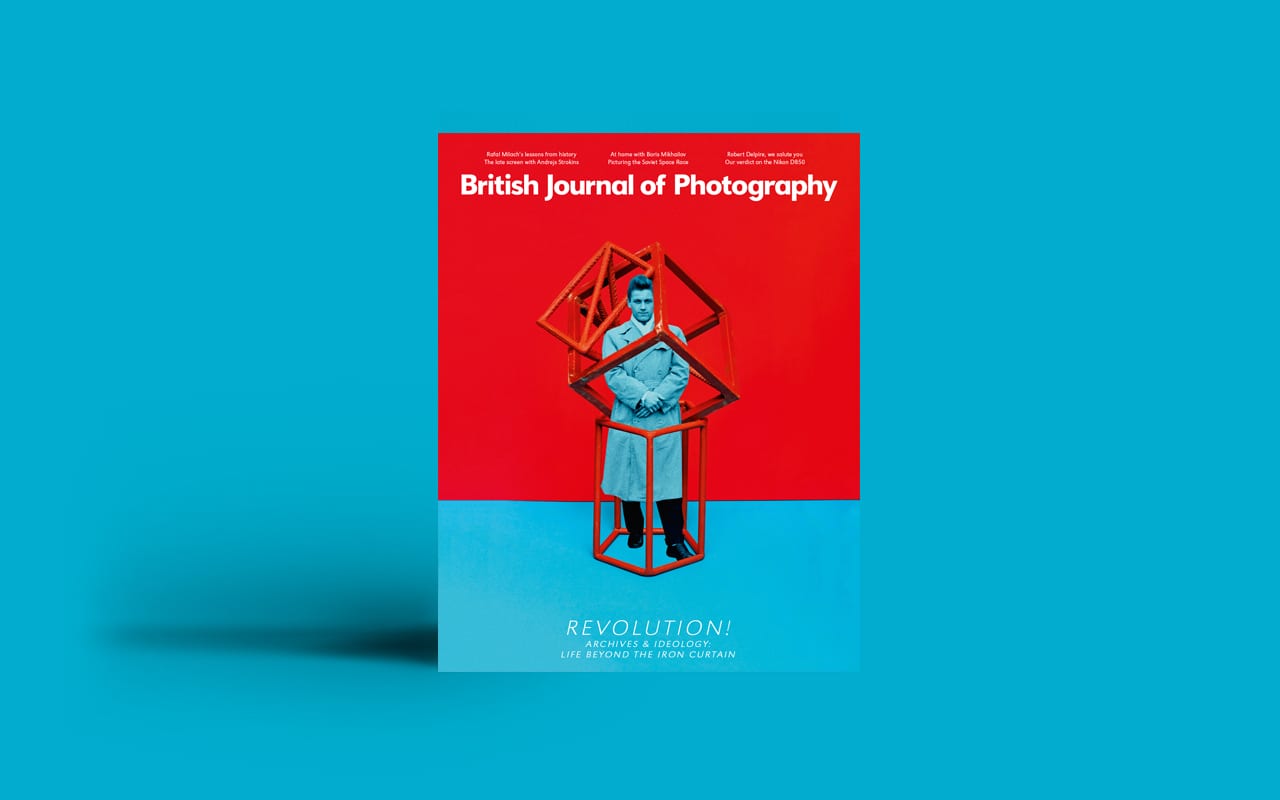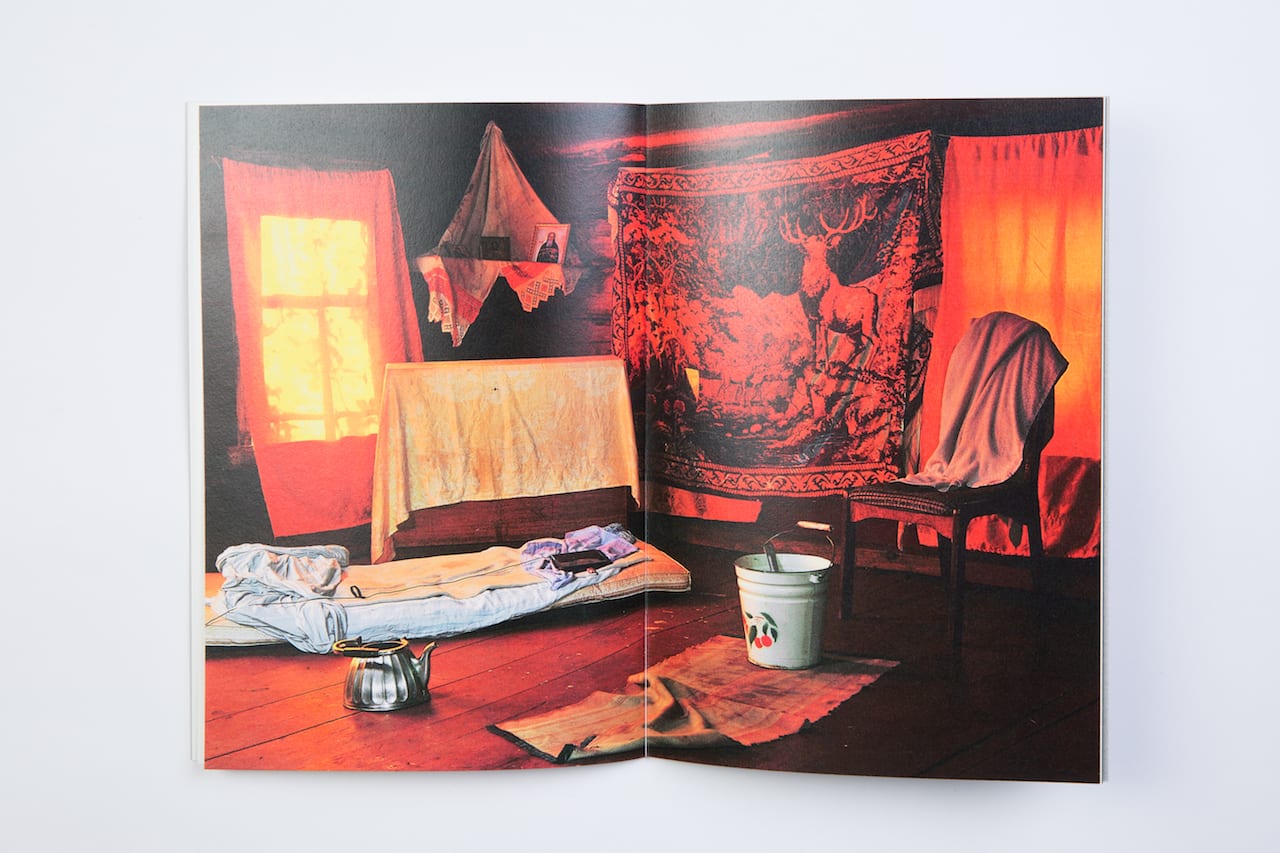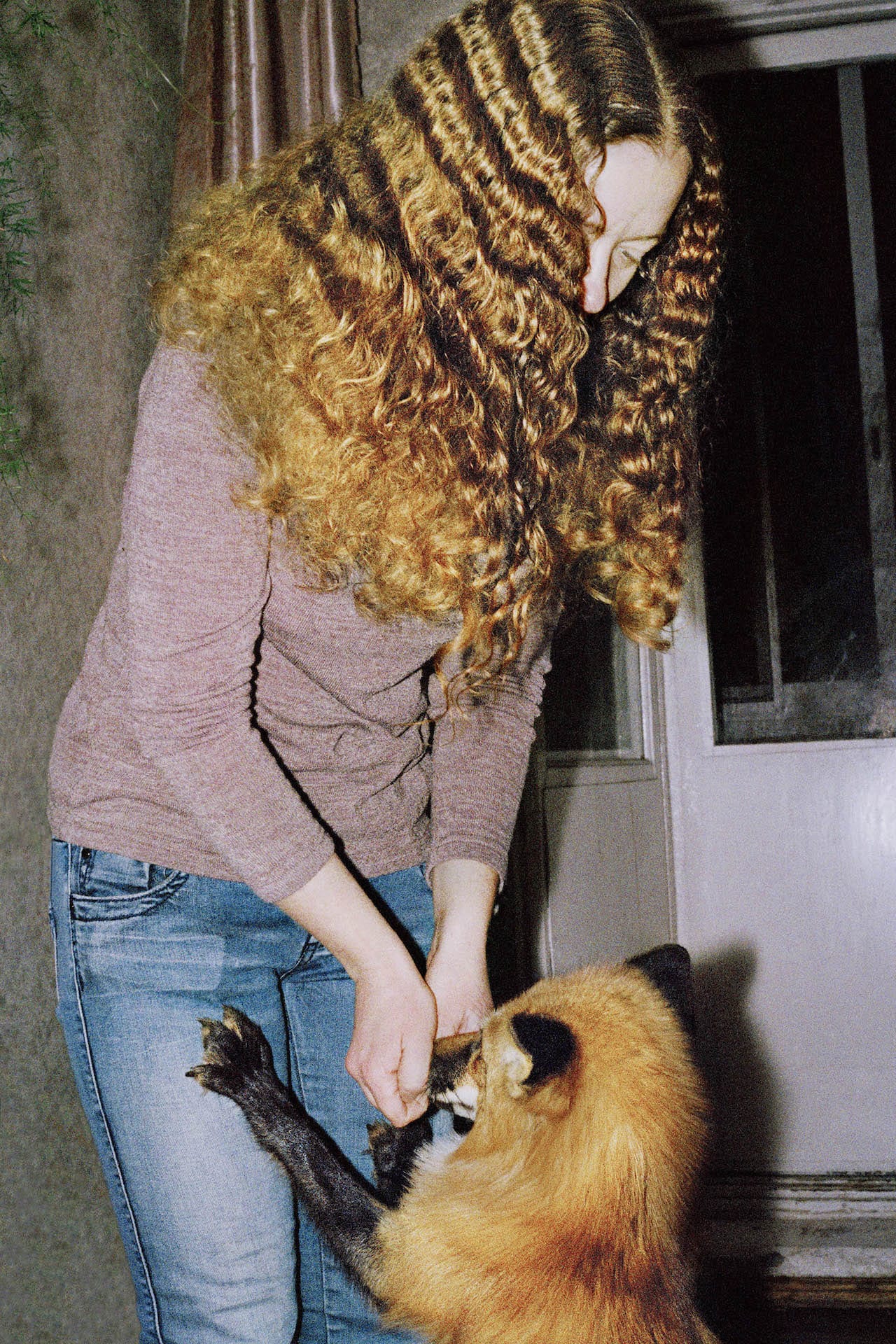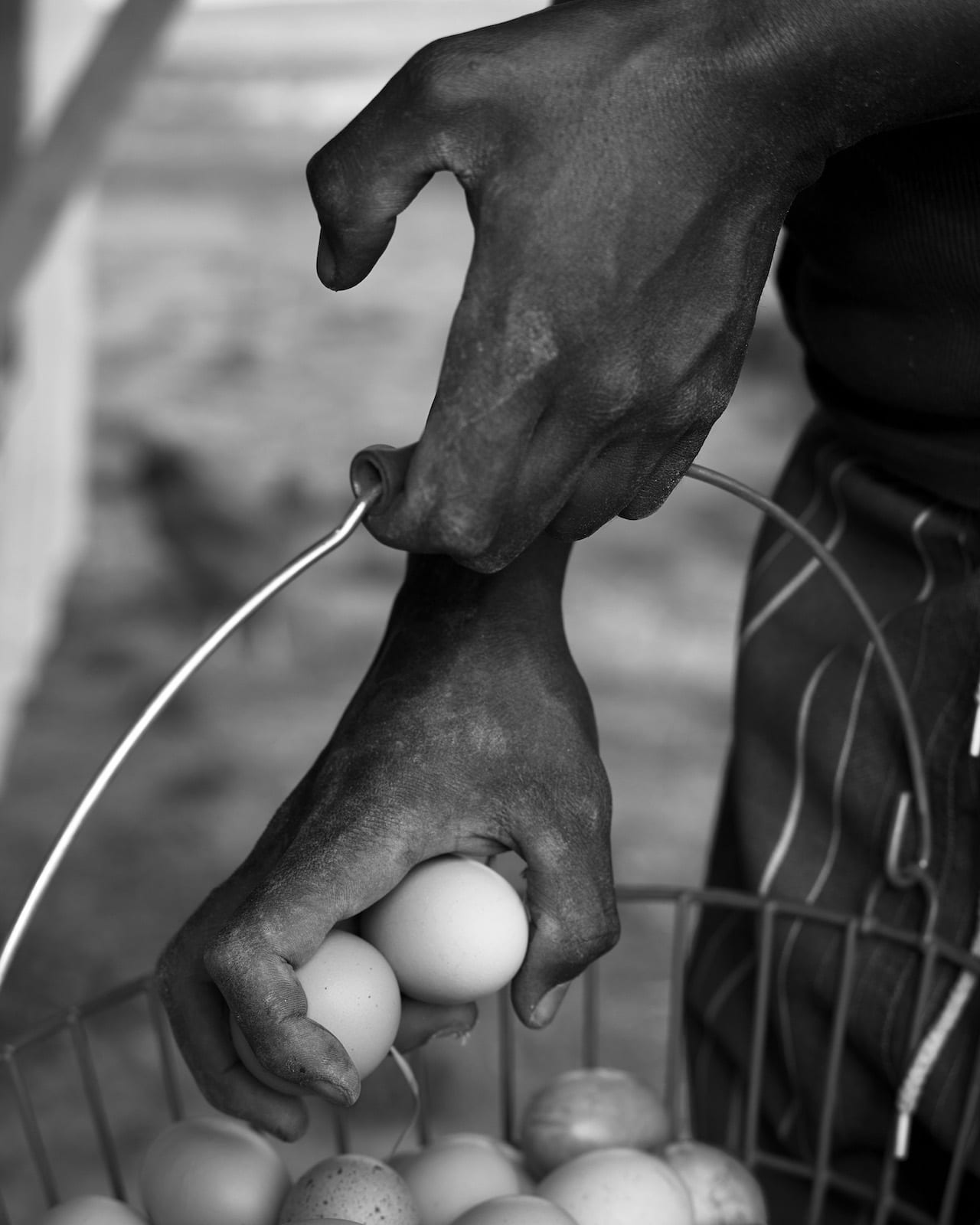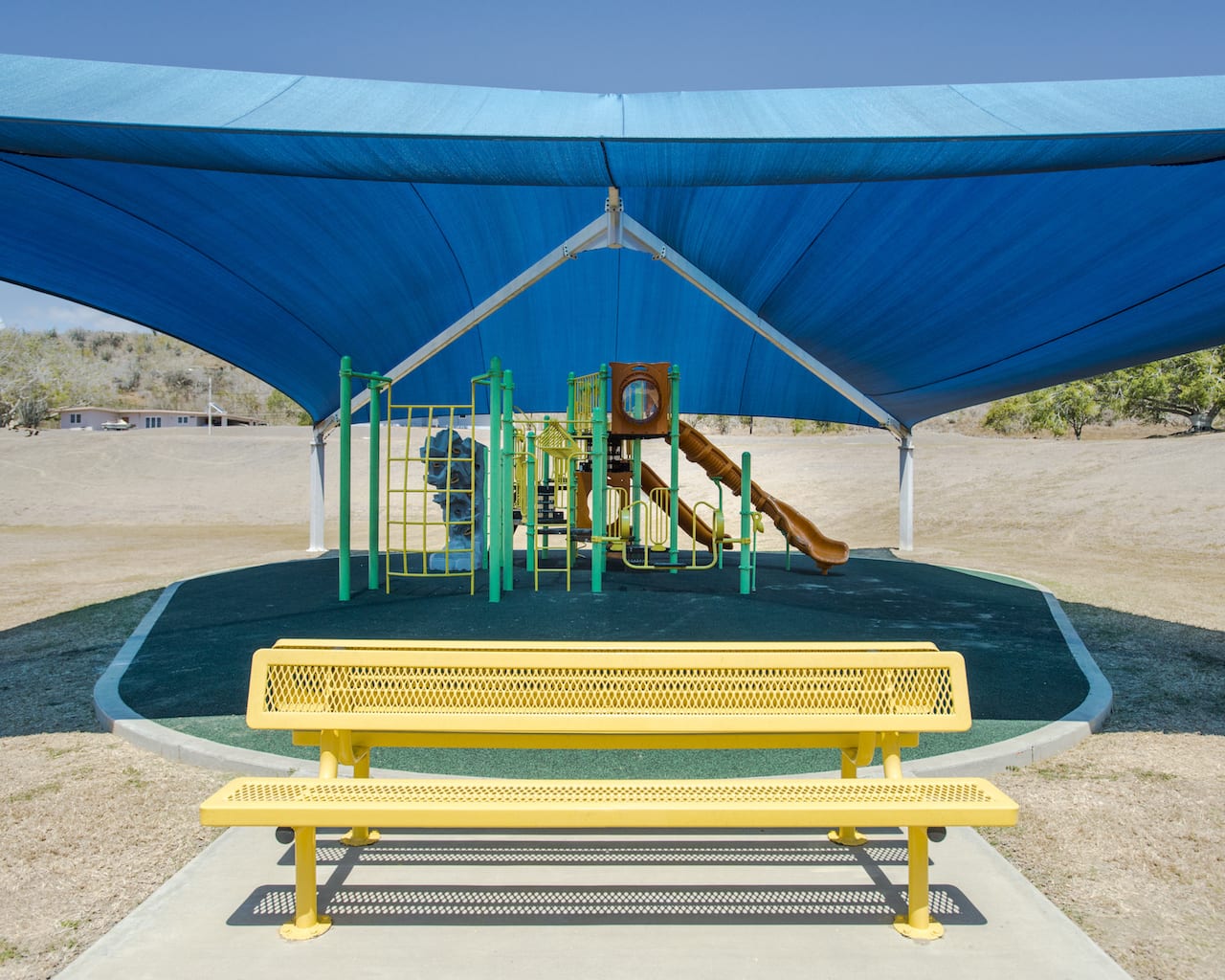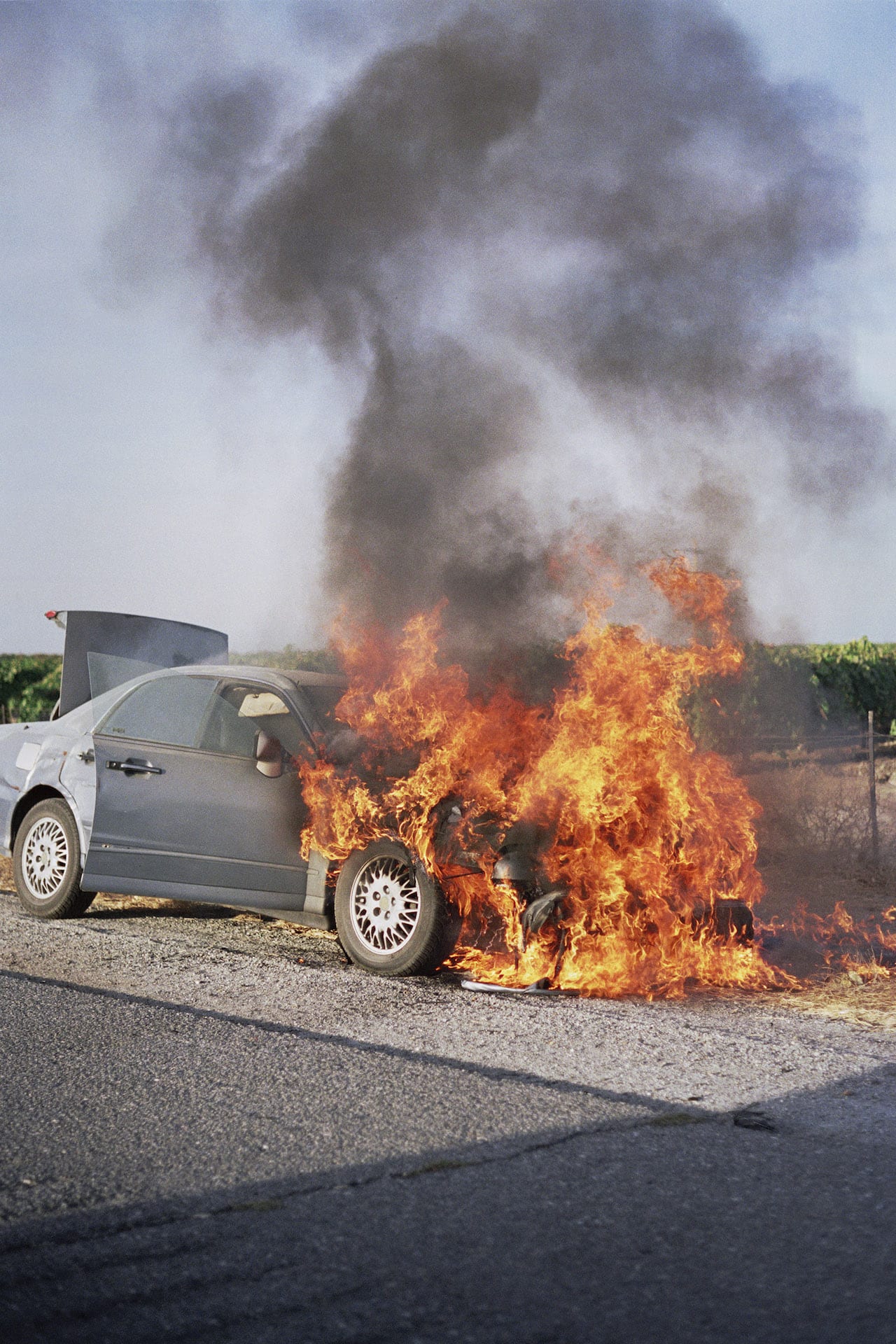Malick Sidibé was lauded “the eye of Bamako” for his work in the Mali capital in the heady years after independence from France in 1960. Often shooting in dance halls and soirées as well as in his studio in the Bagadagjii district, Sidibé captured the vitality and verve of the time, photographing the country’s young people and their clothes, dance moves, and musical tastes. By the 1990s Sidibé’s work had gained attention outside Africa and in 1995, the Fondation Cartier pour l’art contemporain was the first to give him a solo show outside the continent. Now, a year after his death, the institution is staging the largest ever exhibition of his work, including over 300 images taken from the early 1960s to 80s. Mali Twist includes iconic works such as Un Yé-yé en position and Nuit de Noël (Happy-club), both shot in 1963, but also previously unseen vintage photographs and portraits – including 30 previously unshown studio portraits selected from thousands of negatives in Sidibé’s archives.


